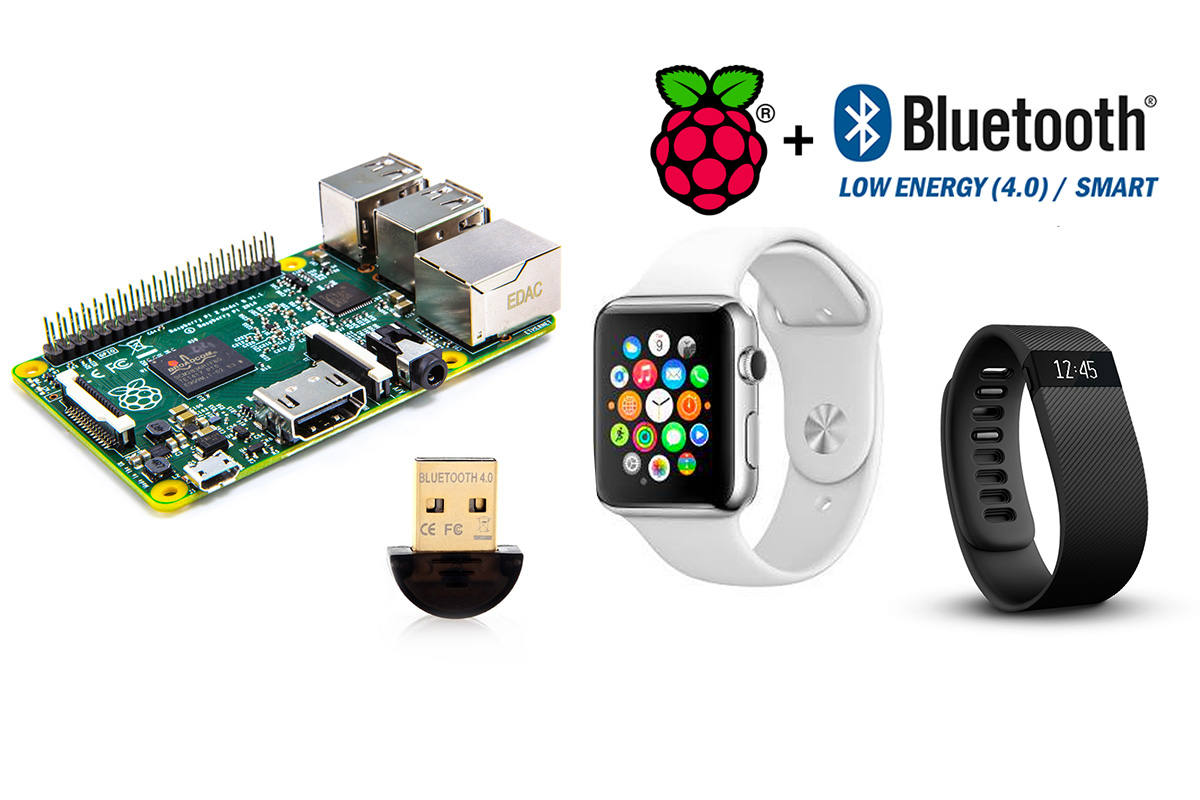

- How to use the lsusb command on raspberry pi how to#
- How to use the lsusb command on raspberry pi password#
- How to use the lsusb command on raspberry pi Bluetooth#
- How to use the lsusb command on raspberry pi professional#
To record audio from the desktop, open the Audio Device Settings by going to Preferences > Audio Device Settings. Once you connect the microphone to the Raspberry Pi, the microphone will be detected automatically. Setting up a USB microphone using the Raspberry Pi Desktop is easy. For example, a Blue Yeti USB microphone (around $100) records much higher quality sound than a generic USB microphone ($15). It all depends on the quality of your microphone.
How to use the lsusb command on raspberry pi professional#
The sound quality of USB microphones can range from poor to professional quality. They are mostly plug and play, and work without any additional hardware or software. USB microphones are probably the most reliable way to record audio with a Raspberry Pi. But the convenience of having a wireless microphone might make them worthwhile.
How to use the lsusb command on raspberry pi Bluetooth#
Compatibility issues and unpredictable audio quality are downsides to using Bluetooth microphones. Bluetooth microphones are the most seamless way to add a microphone as they don’t require a physical connection. The second way to connect a microphone to the Raspberry Pi is with Bluetooth. This method will give the best audio quality. The microphone can be connected to the sound card with standard RCA plugs. This is a Raspberry Pi HAT that sits on top of the Raspberry Pi. The first option is to connect a microphone through the microphone jack on an external sound card like the Audio Injector Sound Card. There are four ways you can connect a microphone to the Raspberry Pi:
How to use the lsusb command on raspberry pi how to#
How to Connect a Microphone to the Raspberry Pi With the IP address or hostname you noted earlier, you can ssh into your Pi.In this tutorial, we will walk through the steps of setting up a USB microphone on the Raspberry Pi, then see how to record audio from the microphone. Once those steps are complete, you’re ready to log into your Raspberry Pi from any computer on your local network. Log Into Your Raspberry Pi From Another Computer There are other steps you can take to secure your SSH server even further, so be sure to consider how at-risk your Raspberry Pi can stand to be.

Now, you should reboot the SSH server with this command: /etc/init.d/sshd restart Save and close the file by pressing Ctrl+X, then Y. Now, find this line: #PermitRootLogin prohibit-password Note: The line in the configuration file could also read #PermitRootLogin yes.Įdit the line to read as follows: PermitRootLogin no In your Terminal window, enter this command: nano /etc/ssh/sshd_config Remember, you can always issue administrative commands from your regular user with sudo. Leaving your root user able to SSH into your Raspberry Pi is a security risk, so we recommend disabling root login through SSH. Once you’ve enabled SSH, there is another optional but highly recommended task. Navigate down and select “Finish.” Disable SSH Root Login When asked, “Would you like the SSH server enabled,” choose “Yes.” Press Enter again at the confirmation box, “The SSH server is enabled. Use the arrow keys on your keyboard to select “Interfacing Options,” then press the Enter key. Type this command to enter the text-based configuration tool for your Raspberry Pi: sudo raspi-config Option 2: Enable SSH From the TerminalĪnother method to enable SSH is from the terminal itself, command-line style. In this app, click the “Interfaces” tab and look for “SSH.” Click the “Enable” radio button, then click “OK” to close the app.

To find the modem we need to list all of the USB devices connected to our Raspberry Pi. Just click the Raspberry icon in the top left corner of the screen, then click “Preferences.” Click “Raspberry Pi Configuration.” Open a new Terminal 2 either on your Raspberry Pi (if you’re using a keyboard and monitor) or via SSH) from your local machine (if you’re handsfree like I am). One way to turn on SSH is through the Raspberry Pi graphical configuration app. RELATED: How to Setup Wi-Fi On Your Raspberry Pi via the Command Line Option 1: Enable SSH Through the Desktop

With that out of the way, we can turn on SSH. Make note of the address or hostname for later. Most of the time, the address you want will begin with 192.168. There could very well be several listed if you are connected both through Wi-Fi and Ethernet. This will provide the IP addresses for your Raspberry Pi. You’ll also need to know the hostname or IP address of your Pi.
How to use the lsusb command on raspberry pi password#
RELATED: 10 Ways to Generate a Random Password from the Linux Command Line Discover the IP Address or Hostname for Your Raspberry Pi You’ll be prompted to enter your current password, then choose a new one. Open the terminal, then enter the passwd command. When you first set up your Raspberry Pi, you should have been prompted to change your user account password.


 0 kommentar(er)
0 kommentar(er)
